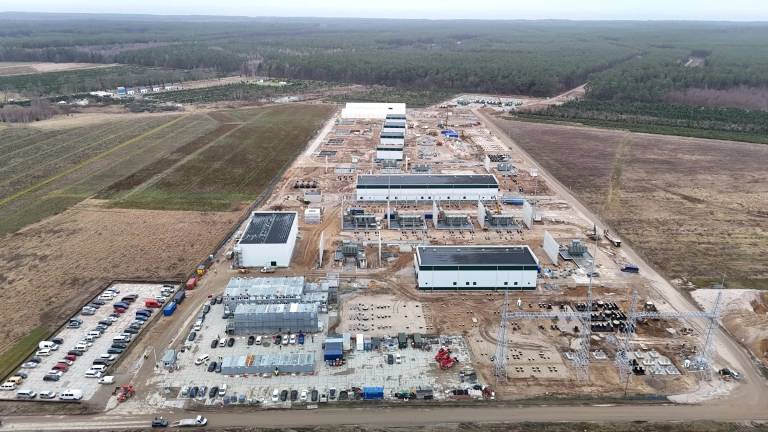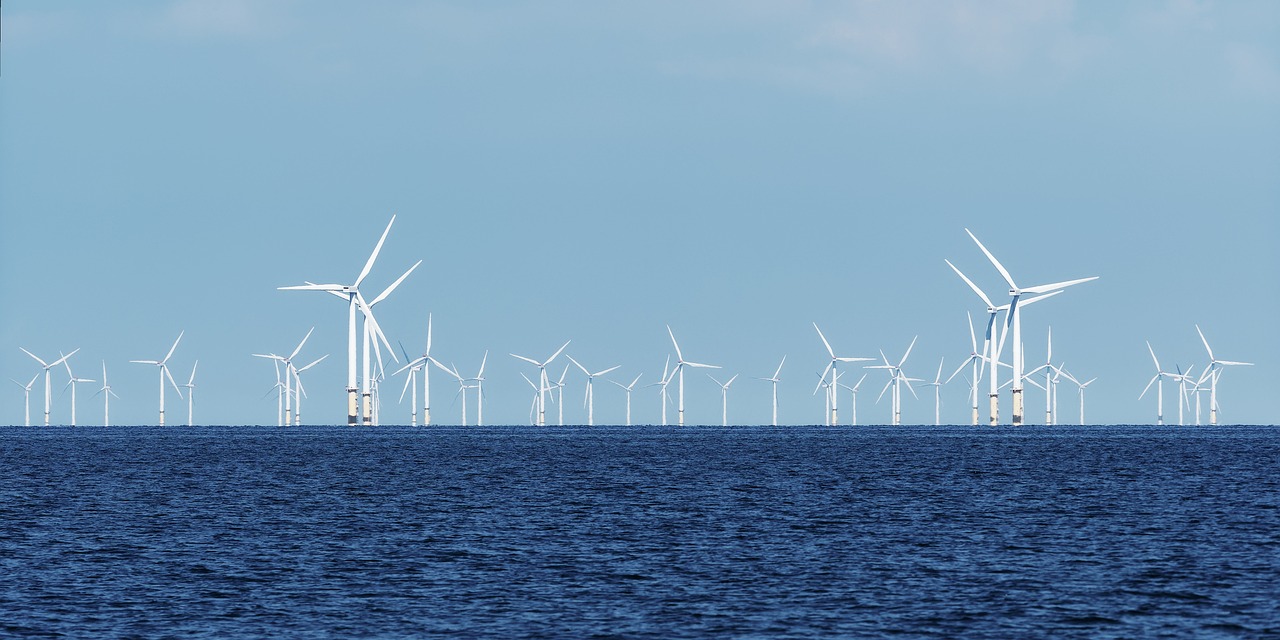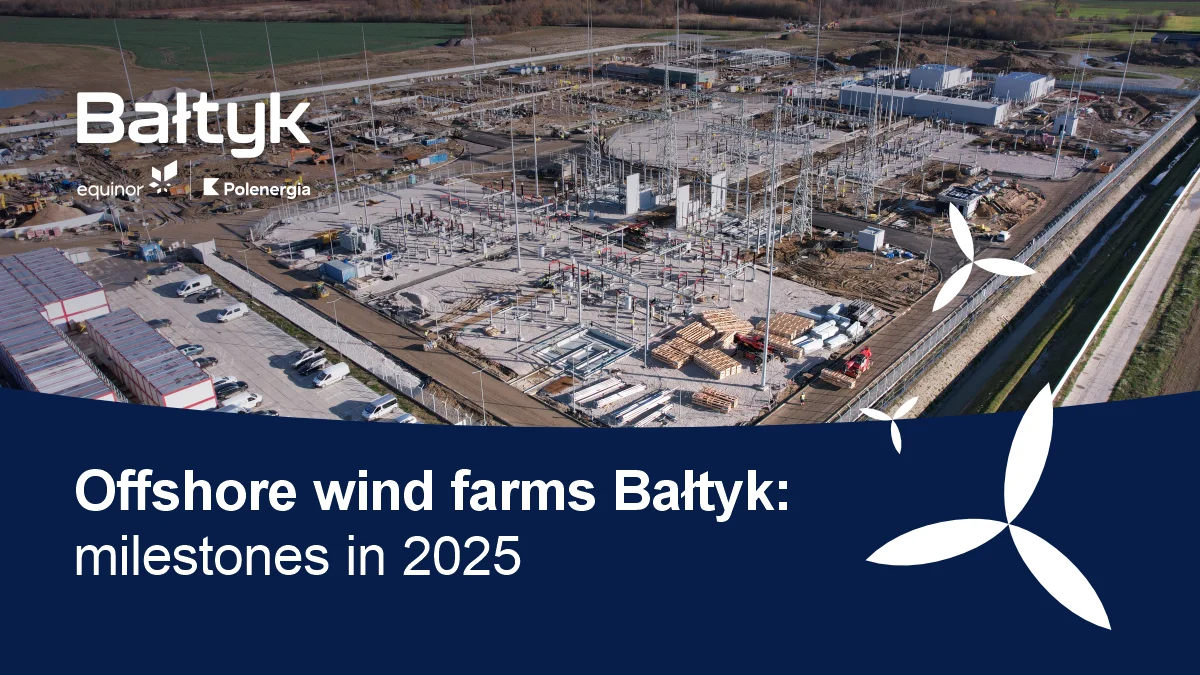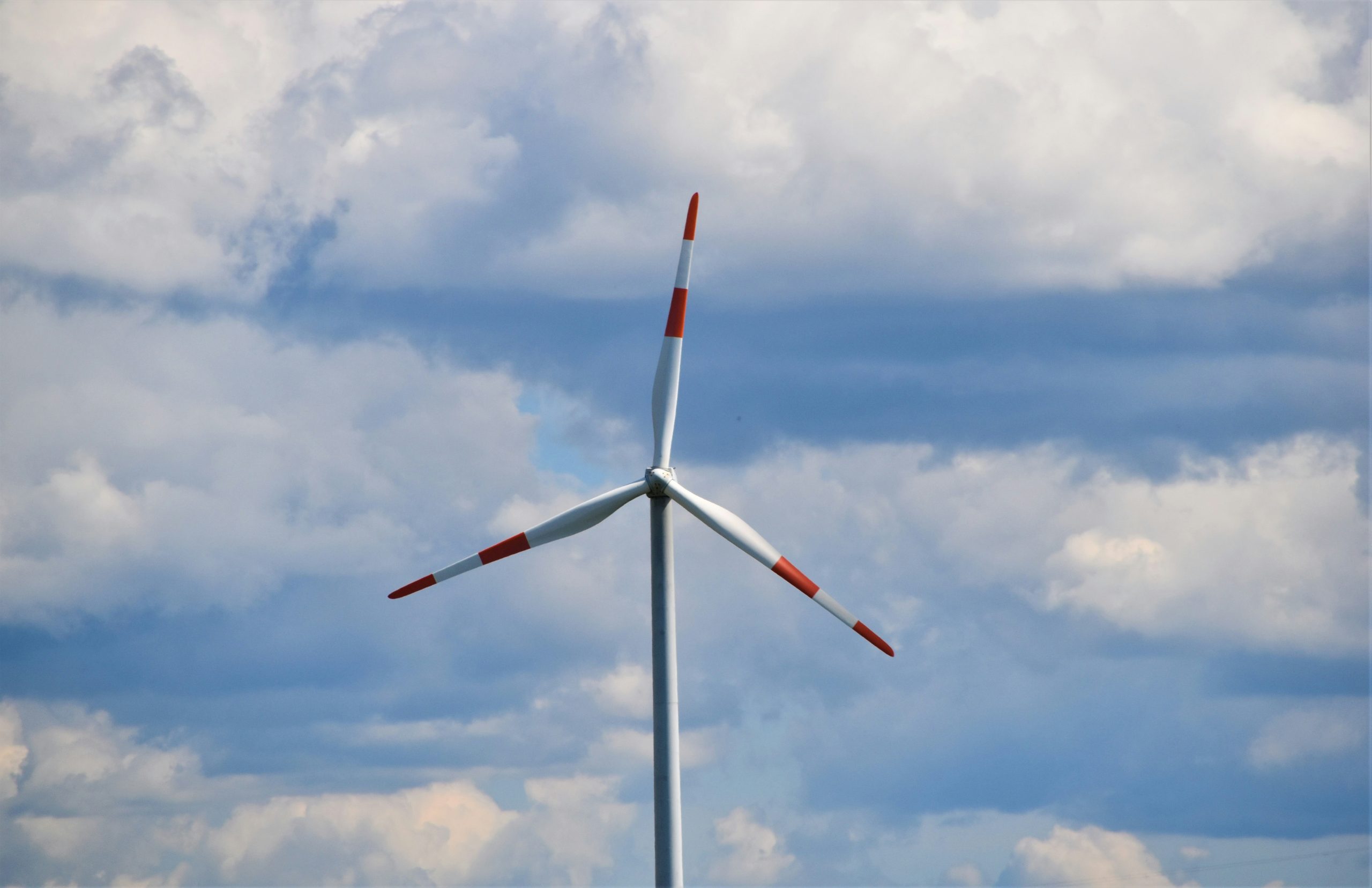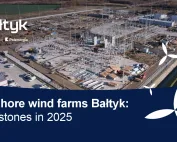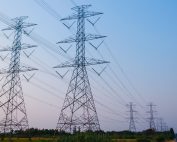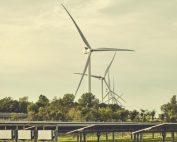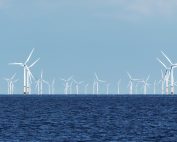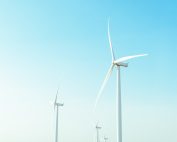Poland has the chance to become a regional leader in offshore wind energy (OWE). New analyses emphasize that the Baltic Sea can supply a significant portion of the energy needed by the country, while creating thousands of jobs and strengthening the economy.
The latest analysis by experts from the Institute of Energy Policy, Dr. Anna Bałamut and Michał Przygoda, sheds new light on the enormous potential of offshore wind energy in the Baltic Sea. It is estimated that up to 28 GW of energy can be obtained from Polish maritime areas, which represents a revolutionary opportunity not only for clean energy but also for significantly strengthening the country’s energy security and economic development.
A report by the Polish Wind Energy Association goes a step further, indicating that the full utilization of OWE’s potential could cover as much as 57% of Poland’s electricity demand. This demonstrates the scale of opportunities opening up for Poland.
As Zuzanna Nowak emphasizes: “Local content should therefore not just be a slogan, but a strategic element – building the resilience of the country and regions. Investments in offshore wind translate not only into clean energy, but also into new jobs, infrastructure development, and consequently – precisely into increased resilience at both national and local levels.”
This vision of development is consistent with the conclusions from the expert analysis, which clearly indicates that offshore wind energy is one of the main pillars of the global and European energy transition. Its development contributes to achieving climate goals, improving energy security (also at the local level), and stimulating economic growth. The development of OWE can generate thousands of jobs in the engineering, service, and logistics sectors, especially if a significant part of the supply chain remains in the country. This will also strengthen the port industry and accelerate infrastructure development.
Poland as the Baltic Leader? Key Conclusions
The analysis highlights that Europe, despite growing competition from Asia, remains a technological leader in the offshore wind sector. The Baltic Sea has significant potential for renewable energy production, estimated at over 80 GW, of which a significant 28 GW falls within Polish maritime areas. This makes Poland the country with the greatest wind potential in the region.
For Poland to become a regional leader in offshore wind, it is crucial to maintain regulatory stability and develop the necessary transmission and port infrastructure. Strategic international cooperation, including within the framework of the Marienborg Declaration, as well as regional infrastructural and spatial coordination, are key conditions for the long-term success of offshore wind projects in the Baltic Sea basin.
Modern technologies, such as turbines with a capacity exceeding 15 MW, floating wind farms, and HVDC networks, are changing the investment and spatial model of offshore wind, enabling the implementation of projects in new locations and increasing the economic efficiency of investments.
In summary, offshore wind energy is not only an opportunity for clean energy for Poland but, above all, a strategic investment in the future that can bring the country energy stability, economic development, and strengthening on the international stage.
Source: IPE



